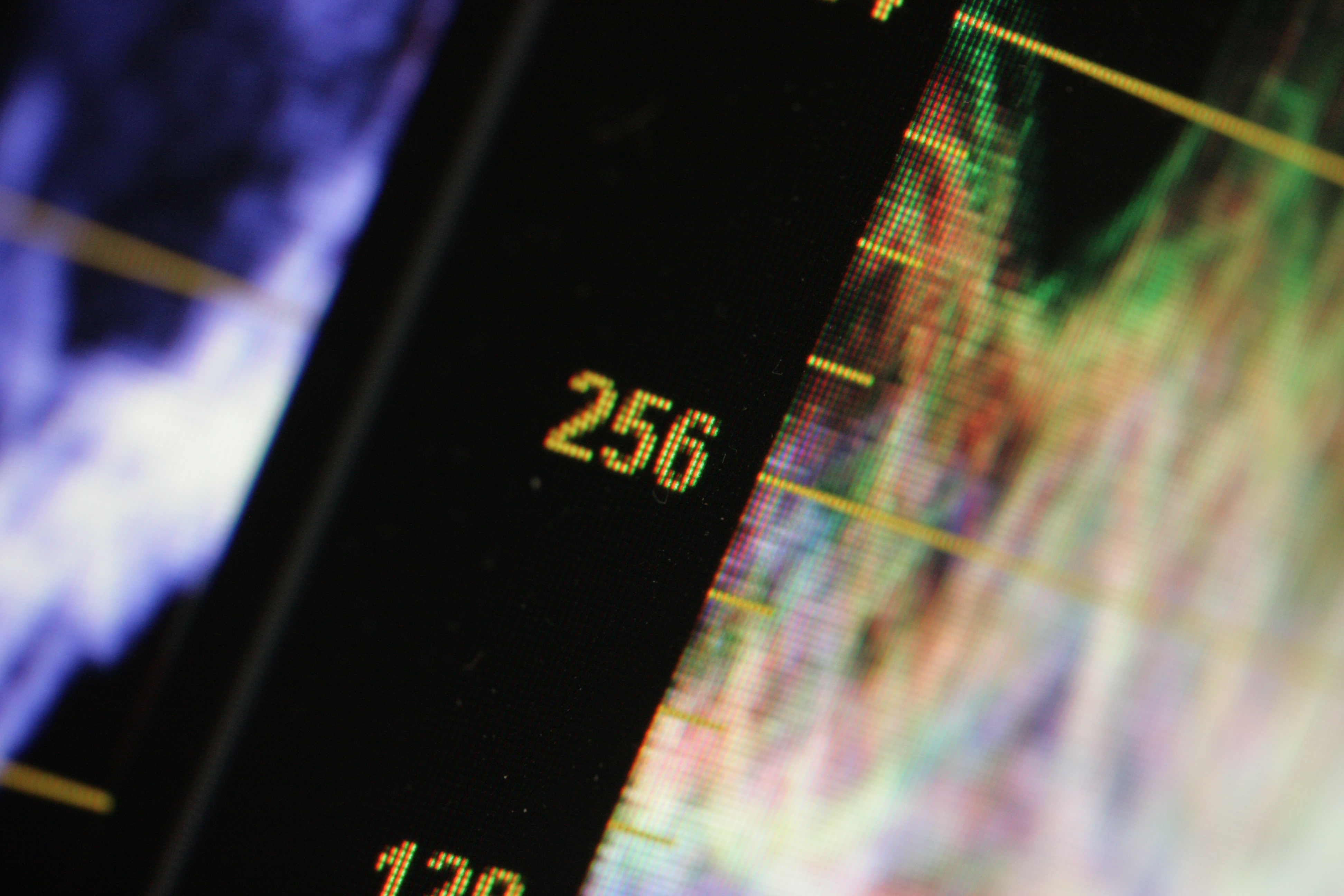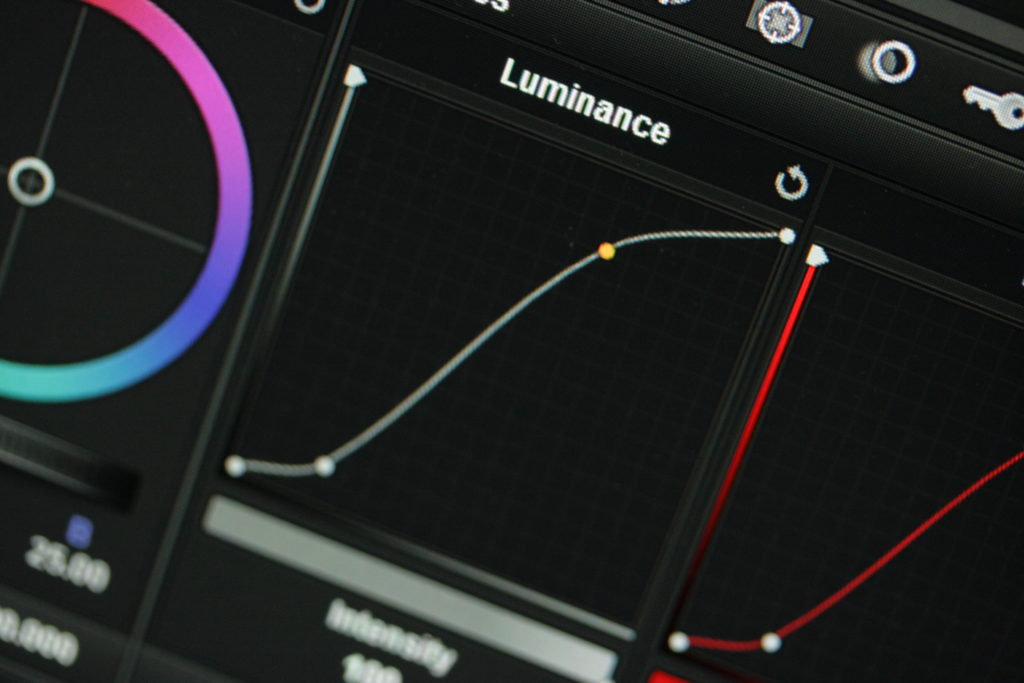
We won’t embarrass the people involved by naming them, but it’s an example of of a lookup table which promises to apply a certain artistic look to footage, and actually it’s not a horrible one. Often they’re sold in packs. We’re not talking about technical LUTs here; something designed to take footage recorded in log and make it displayable on a conventional monitor can be more or less mathematically absolute. Even so, the fact that some manufacturers supply at least two Rec. 709 options suggest there’s even some room for interpretation here, too. Nobody in their right mind actually wants a literal 709 output from a modern camera. It looks like a security feed from an early-90s shopping mall.
What we’re talking about here is a zip file full of .cube files from recentfilmschoolgraduate.com which promises, in exchange for your hard-earned money, to take cellphone footage of the spare bedroom and turn it into a showreel-heading masterpiece. It’s a matter of conjecture as to whether that sort of blandishment implies that it’s possible to apply a LUT to any footage, from any camera, shot in any circumstances with any production design and whatever lighting happened to be available, pipe it through a cube, and achieve a presentable result. Certainly some people – inexperienced people, film school students with student loans burning a hole in their pockets – might assume that a LUT can be a sow’s ear to silk purse converter.
Put like that, of course, it’s absurd. Practical matters such as the variety of log encodings used by various cameras can, naturally, be normalised (ACES can help here), although it wouldn’t be too outrageous to claim that different cameras produce sufficiently different results that creative LUTs really should be designed with a camera in mind. Beyond that, shooting with any particular LUT invariably demands a learning process that might be accounted for during test days on a longform production, and that might be something an individual cinematographer chooses to do in unpaid personal time. It’s like learning a film stock, and nobody blinked when the now-greybeard DPs of old had a favourite film stock. That’s fine. It’s just not a good idea to pick a LUT out of the air then run off and shoot with it.
But that’s not really the problem. After all, Panasonic released the Varicam LUT library, and in another life your narrator might have publicly voiced the opinion that it wouldn’t hurt for cameras to have a few different looks available – which would, in practice, boil down to shipping them with LUTs loaded, and putting those same LUTs on the company website. Those LUTs would, of course, have been designed to work nicely with that particular camera. Some of the Varicam LUTs are probably a little heavy-handed – “matrix” is just green, and “rose” is just pink – but it’s certainly possible for a LUT to have a sufficiently light touch to be usable in a variety of circumstances.
What’s really important, though, is that those LUTs would – hopefully – have been extensively tested. It’s possible for LUTs to contain, to borrow the parlance of software engineering, bugs, and it’s possible for those things to go unnoticed until they become expensively inconvenient. Often that manifests as noise, or as tints in highlights or shadows, which may not become obvious until very specific situations arise. As we’ve discussed before, LUTs need testing not only on ideal material but also on underexposed or overexposed material, stuff shot at high ISOs and at low ones, under coloured light and sunlight, in every combination. We trust that a camera manufacturer has done this work during the design process for the colorimetry of any particular camera. We might be a little more cautious that a previously-unknown website has done that due diligence before asking us an hour’s wages for a LUT pack that might have had exactly that hour dedicated to its creation. Trust is involved; the prospective LUT user is greatly trusting the competence of the person who made it.
From a distance, it’s clear that this is all symptomatic of a wider and age-old trend: the belief that production value can be applied in the grade. It’s hardly necessary to point out how forlorn a hope that is, but if we can avoid people not only suffering that disappointment but also help them avoid a risk of real technical problems that can arise from badly-designed LUTs, then we’ve done something worthwhile.

